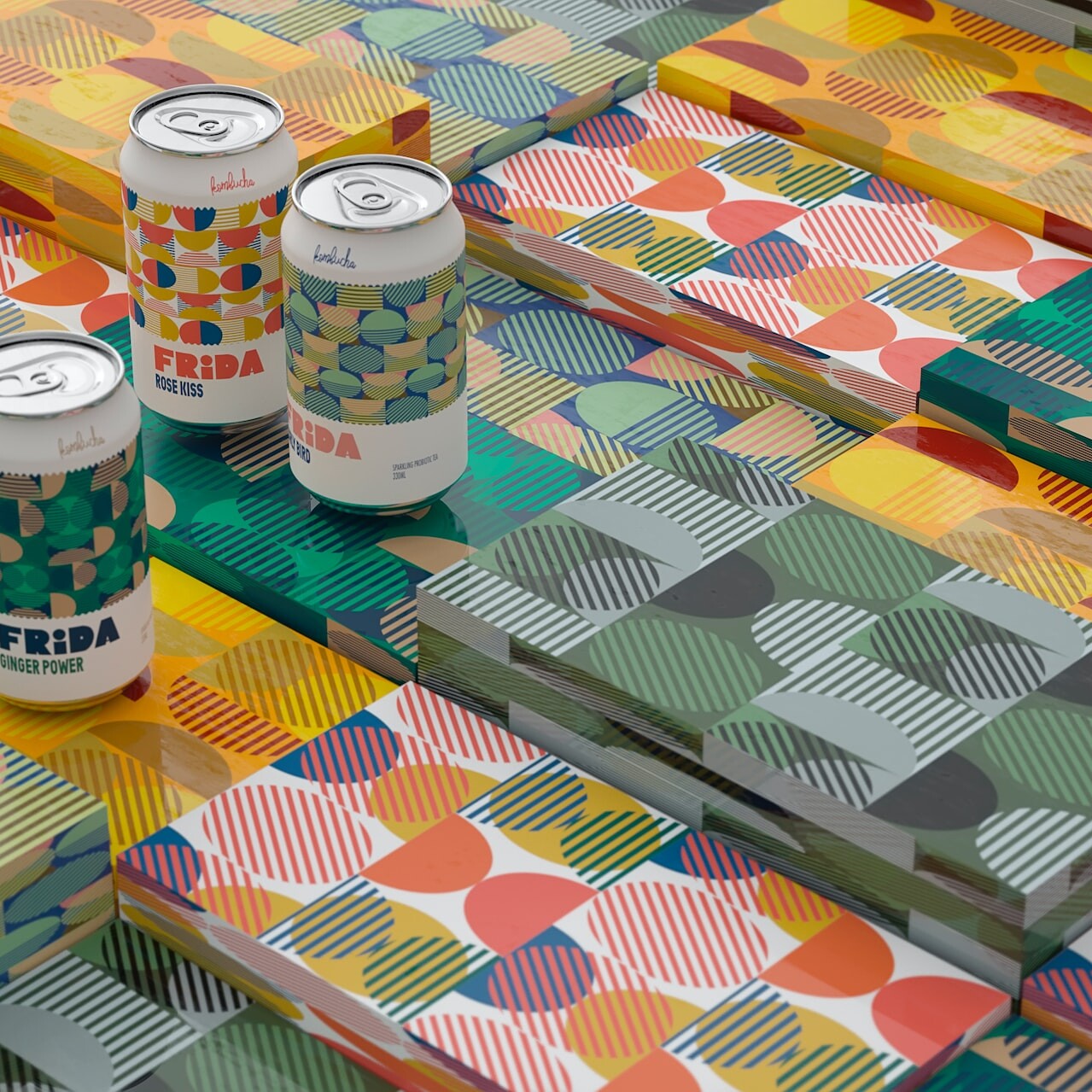The Power of Colors in User Interface
How color selection affects User Resonance, Brand, and Cognitive Processing
Colors play a vital role in user interface design, impacting not only the aesthetics but also the functionality, user resonance, and cognitive processing. An effective use of colors in UI can enhance the overall user experience, facilitate usability, and establish a strong brand identity. This article explores the significance of colors in user interface design and their connection to user resonance, brand, and cognitive processing.
Color Psychology and User Resonance
Colors can evoke specific emotions and associations, influencing users’ perceptions and reactions. Understanding color psychology is essential to create user interfaces that resonate with users and elicit the desired emotional response.
- Warm colors (red, orange, yellow) are associated with energy, excitement, and passion. They can be used to draw attention and prompt action.
- Cool colors (blue, green, purple) convey a sense of calm, trust, and stability. They are suitable for professional or relaxing environments.
- Neutral colors (white, black, gray) provide balance and can be used as a base for other, more vibrant colors.
Color Contrast and Readability
Color contrast is crucial for ensuring readability and usability in user interfaces. High contrast between text and background colors can improve legibility, while insufficient contrast can lead to eye strain and difficulty in comprehending the content.
- Use color contrast tools to ensure your color combinations meet accessibility standards, such as the Web Content Accessibility Guidelines (WCAG).
- Employ dark text on light backgrounds or vice versa to maximize readability.
- Utilize contrasting colors for interactive elements, like buttons and links, to make them stand out and easy to identify.
Establishing Brand Identity
Colors play a significant role in establishing and reinforcing brand identity. Consistent use of a brand’s color palette throughout the interface can help create a memorable and cohesive user experience.
- Choose a primary color that reflects your brand’s personality and message.
- Create a complementary color palette that works well with the primary color, including secondary and accent colors.
- Ensure consistency in the use of your color palette across all digital assets, such as websites, mobile apps, and marketing materials.
- Cognitive Processing and Visual Hierarchy
Colors can influence cognitive processing by guiding users’ attention and establishing a visual hierarchy. By strategically using colors, designers can create interfaces that are easy to navigate and understand.
- Use contrasting or vibrant colors for the most critical elements, such as call-to-action buttons and important notifications.
- Apply color saturation and value to differentiate between primary, secondary, and tertiary elements, guiding users’ focus accordingly.
- Utilize color to group related elements and create visual separation between different sections of the interface.
Personalization and Adaptability
Allowing users to customize the interface’s color scheme can enhance user satisfaction and accommodate individual preferences or needs.
- Offer users a selection of pre-designed color themes or the ability to create their own custom color schemes.
- Implement dark mode functionality to cater to users who prefer a darker color palette or have visual impairments.
- Ensure that the interface remains functional and accessible across various color schemes and device settings.
Conclusion
The use of colors in user interface design plays a crucial role in user resonance, brand identity, and cognitive processing. By understanding color psychology, ensuring readability, establishing a strong brand identity, and strategically utilizing colors to guide cognitive processing, designers can create engaging and effective interfaces that resonate with users. Additionally, providing personalization options and adaptability in color schemes further enhances the overall user experience, ensuring that the interface caters to a diverse range of users and their unique needs.
Related Articles
Are You Paying Attention to Your Package Design?
April 2, 2015
Let It Go: Working Happy in 2015
December 30, 2014
Cultural Fit: How Your Work Space Affects You
December 15, 2014



